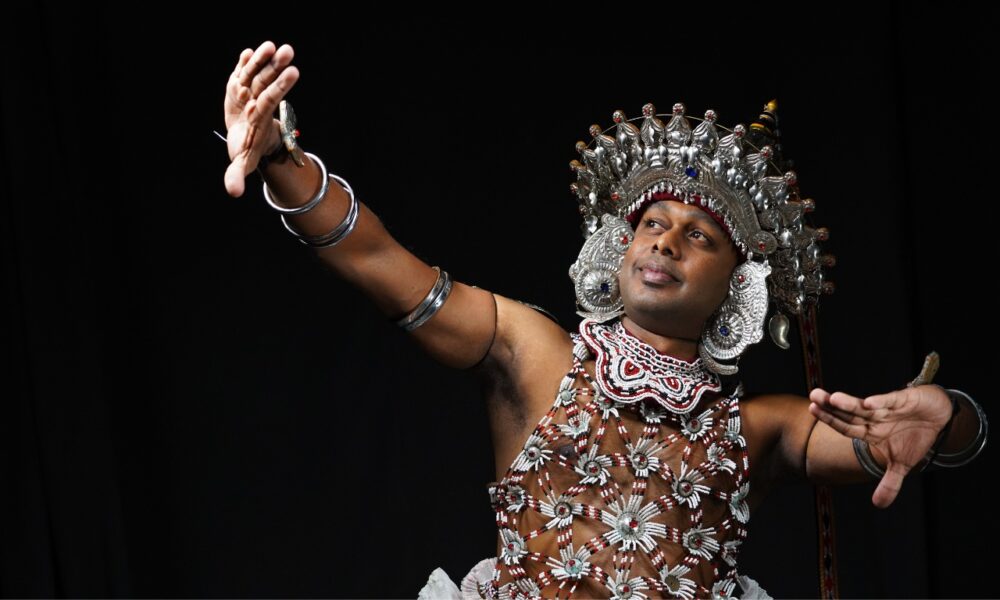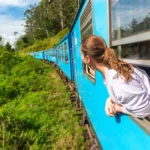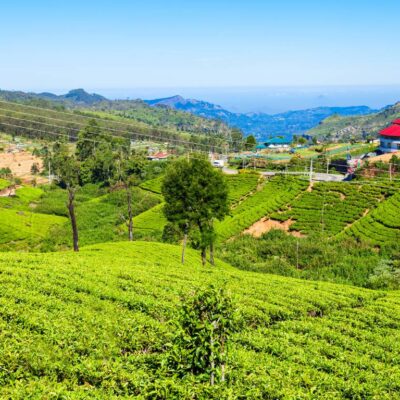The Enchantingly Confusing World of Sri Lankan Traditional Dance
Sri Lanka, a small country in the Indian Ocean, has a long cultural heritage that is closely connected to its traditional dance forms. These are dances that have been handed from one generation to another and they serve as a witness to a vibrant history and diverse cultural backgrounds of the people. In this article, we will look at the enchanting world of Sri Lankan traditional dance; its historical background, significance and various forms which continue to captivate audiences both at home and abroad.
Historical Background
The roots of Sri Lankan traditional dance can be traced back to ancient rituals and religious ceremonies that were integral to indigenous cultures on the island. Often times these early dances were executed in order to please gods by driving away evil spirits from them or asking for good luck prosperity among others. With time these ritualistic performances changed into more organized versions with particular styles borrowed locally or from foreign countries.
During the period especially in the Kandyan Kingdom when Sinhala kings ruled (15th – 19th centuries) dance became an important element of any court ceremony or celebration. This was an essential aspect as it allowed development and preservation of traditions through royal patronage acquired by traditional dances. Also, Indian classical brought by Buddhist monks and traders, further enriched the dance repertoire of Sri Lanka.
Significance of Traditional Dance
Traditional dance in Sri Lanka is not meant to be an entity that provides mere entertainment; rather, it encompasses deep cultural and spiritual roots. Each form of dance represents the tradition of this beautiful island, namely, stories, legends, and moral guidelines. Intricate body movements, elaborate costumes, and rhythmic music have been combined in such a way that they would express emotions, narrate stories, and link the performers with their audience.
These dances are mainly performed during religious festivals, cultural events, and major life ceremonies such as weddings. They serve as means of culture conservation as well as the passing of knowledge from ancestors to the newer generations. Traditional dance forms also serve as a foundation for a communal image of unity amongst Sri Lankans due to the reason that these kinds of performances are collective activities that bring people together in festivity and worship.

Major Forms of Sri Lankan Traditional Dance
Sri Lanka comprises numerous forms of dance, varying in characteristics, attire, and musical patterns. The main three forms of traditional dance include Kandyan dance, Low Country dance, and Sabaragamuwa dance.
Kandyan Dance
Kandyan dance, or Uda Rata Natum, is the most famous and esteemed traditional dance in Sri Lanka. This vigorous dance, with very decorative costumes and rhythmic drumming, had its origins from the central highlands in the city of Kandy.
Features of Kandyan Dance:
Movements: Kandyan dance is characterized by energetic and dynamic body movements, leaps, jumps, and intricate footwork. Many dancers also do acrobatic stunts to reveal their union with agility and strength.
Costumes: The traditional costume of Kandyan dancers is a white or red sarong (known as a Ves) with yards and yards of material draped around a white loin cloth worn by the women folk. The dancers also adorn headdress with intricate designs and ornaments. The male dancers wear a chest piece made of metal or a cloth-like material.
Music: Drumming dominates the musical accompaniment for Kandyan dance. Traditional drums in use include the Geta Beraya and Dawula. The rhythms are complex and help the guidance of the dancers.

Low Country Dance
Low Country dance is also known as Pahatharata Natum and originated along the southern coastal region of Sri Lanka. This dance has an origin that is deeply folk, mainly performed in rituals and ceremonies for the invocation of gods and spirits.
Features of Low Country Dance:
Movement: Low Country dance is characterized by flowing, graceful movements that tend to imitate nature—waves and animals. The dances are more grounded and have complex hand gestures with facial expressions.
Costumes: The dancers wear brightly colored costumes that are too intricately patterned and designed. Their attire includes a long skirt and fitted blouse for the female dancer and a sarong and vest for the male dancer.
Music: Low Country dance music incorporates drumming, chanting, as well as some traditional instruments such as the Yak Bera, which is a demon drum, and the Hakgediya, which is a conch shell.
Sabaragamuwa Dance
Sabaragamuwa dance is also referred to as Sabaragamuwa Natum, and it is traced from the province of Sabaragamuwa in the southwestern part of Sri Lanka. The Sabaragamuwa dance style has influences from both Kandyan and Low Country dance forms with inclusions of ritualistic and festive art performances.
Features of Sabaragamuwa Dance:
Movements: Sabaragamuwa dance combines some of the energetic, acrobatic movements of the Kandyan dance with Yoshi, which are graceful and flowing in nature, such as Low Country dance. In its choreography, there are mainly only circular patterns in the dancing and synchronized group formations.
Costumes: These costumes for Sabaragamuwa are similar in design to those worn by the Kandyan but differ in color and design according to the region. They have elaborate headdresses and jewelry to add visual appeal to the dancers.
Musical accompaniment attributes to the incarnation of percussion, chanting, and traditional twin drums called Thammattama and a string instrument called Ravanahatha.

The Role of Traditional Dance in Modem Sri Lanka
One of the very nonlinear components of the cultural landscape of Sri Lanka is traditional dance, against the backdrop of rapid modernization and globalization. Several cultural organizations, schools, and government-run institutions have taken initiative to conserve and popularize these ancient dance forms of the island.
Traditional dance forms in Sri Lanka are not only a stimulus to the national identity but are also any country’s major cultural festivals, state ceremonies, and international events. There are so many dance academies and cultural centers within the country to undertake training in as many traditional dances so that these art forms may be passed down to subsequent generations.
Modern performance art has also embraced traditional dance in the form of works by contemporary choreographers who merge traditional elements into their works. It is through this that it has retained relevance and appeal to the modern generation.
Conclusion
Sri Lankan traditional dance represents an ultimate and essential element of the cultural heritage of the island. From the energetic and acrobatic movements of Kandyan dance to the graceful, fluid motions of Low Country dance, all forms are replete with enumeration and expression, rich in history and tradition from Sri Lanka. These dancing forms, now changing and adapting themselves within times that have decided to move on, were strong expressions of cultural identity on the island and a tribute to the enduring beauty of Sri Lankan art.








No Comment! Be the first one.